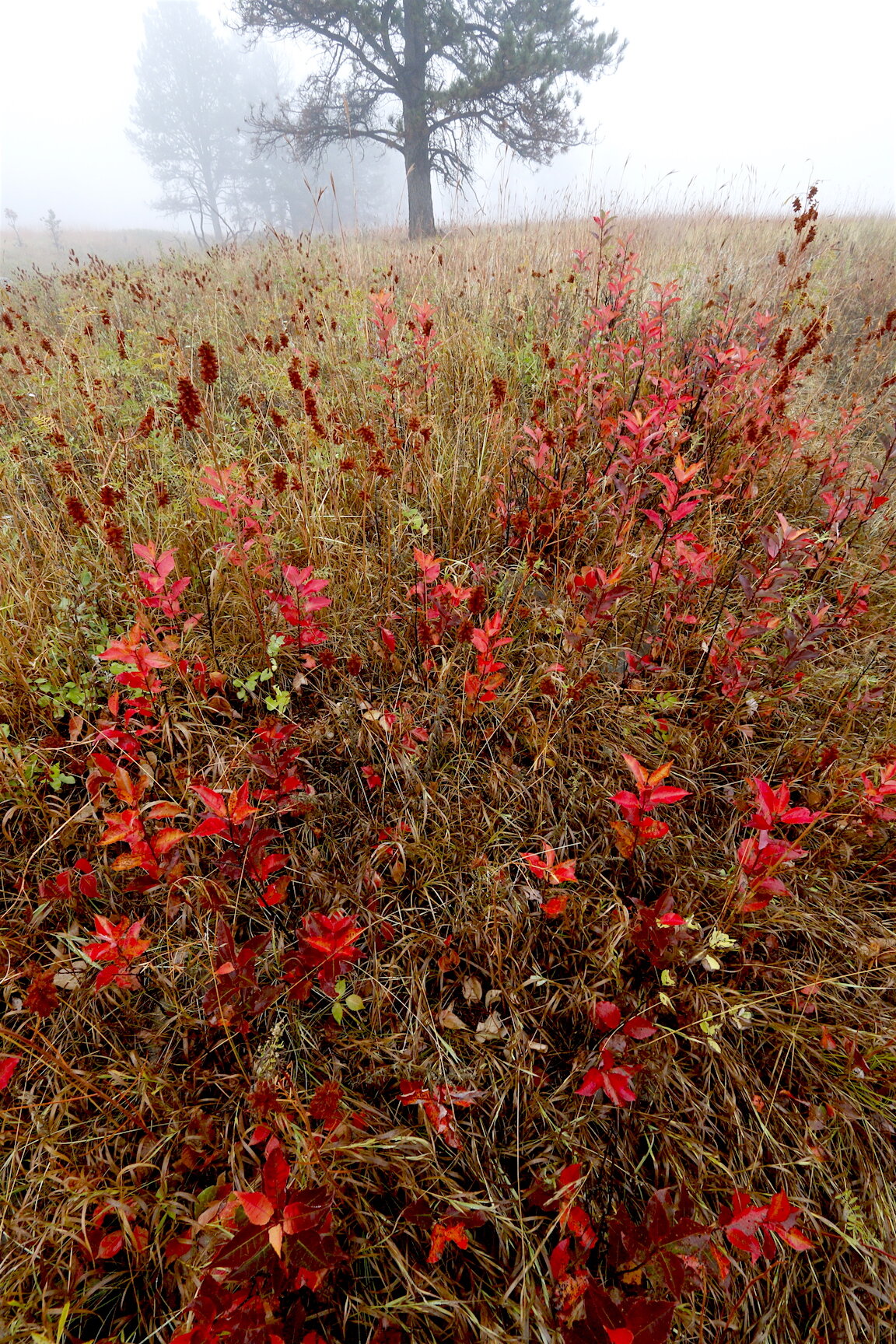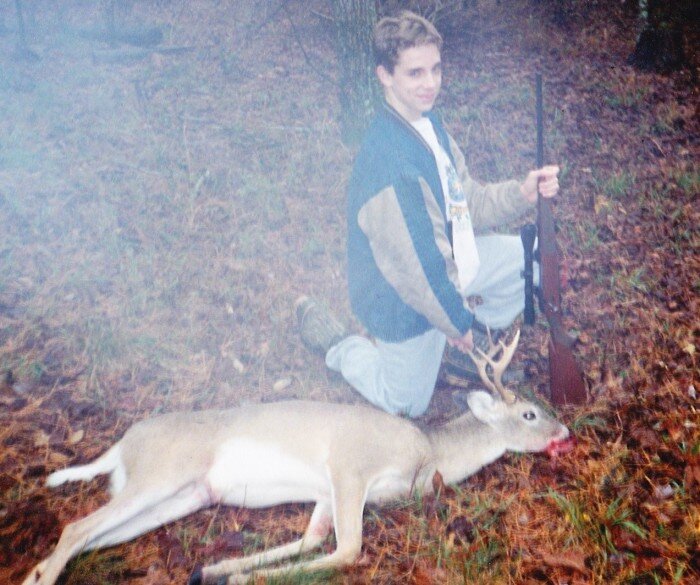Photo 101: Understanding F-stops and Apertures
New photographers are usually confused about f-stop numbers and apertures because… they’re confusing! Let’s try to defuse the confusion.
An aperture is an opening. In a photographic lens that opening is the hole in the diaphragm or f-stop plate built deep within the lens. You can see this diaphragm device (a circular series of overlapping metal leaves) open and close by looking into the front of a lens when you activate the shutter in all cameras. Some cameras have a depth-of-field preview button that activates it, too. This is the best way to see and study the f-stop diaphragm in action because you can watch it shrink and enlarge as you change the f-stop setting.
The purpose of this hole is to control the amount of light that reaches the “film plane,” these days most commonly the camera sensor plate. The smaller the aperture, the less light that gets in. Oddly, the smaller hole does not reduce the field-of-view. If you frame a scene and close down the aperture (represented by a higher f-stop number like f-16 instead of f-4 or f-8) you do not lose any part of that scene. Through the magic of physics/optics, the entire image sneaks through that tiny hole, but its brightness is reduced. I have neither the space nor comprehension to explain that here.
Lens stopped down to f-8 shows a relatively small hole in the diaphragm plate. Note the overlapping metal "fingers" and octagonal shape.
At f-22 the aperture is getting pretty small. Not a lot of light is going to pass through this hole.
With the diaphragm of this lens wide open at f-2.8, you cant' even see the octagonal shape from any overlapping diaphragm blades. Maximum light passes through.
One other phenomenon occurs in response to aperture size. The smaller the hole, the better the focus or sharpness in front of and behind your actual focus point. If you focus your lens precisely on a deer standing behind a row of yellow shrubs and in front of a distant patch of dark pines, a wide aperture (f-stop such as f-1.8, f-4, or f-5.6) will likely make the foreground and background completely out of focus. Stop down (close the aperture) by dialing the f-stop to f-16 or f-22 and more of the foreground and background will be sharp. Actual distances involved and the focal length of the lens (telephoto vs. wide angle) play a big role in this, too, but understanding that a small aperture (corresponding confusingly to a large f-stop number!) increases depth of focus gives you a tool for creative work.
If you want to photograph some flowers three feet away, yet render sharply a rocky landscape stretching 100 yards beyond, stop down to f-22 or f-32 if your lens allows. If you want to isolate the flowers against an out-of-focus background, open your aperture to f-4, f-2.8 or a similar low-numbered f-stop.
A 20mm Canon lens at f-11 had enough depth-of-field to sharply render the foreground leaves as well as the most distant trees.
So, small f-stop number equals big hole, big number equals small hole. Could it get any more confusing? Why, for Pete’s sake, did the photographic pioneers make f-stop numbers run backwards from aperture size? Well, the f stands for a fraction of the lens’ focal length. A 50mm lens at f-2 would yield a 25mm aperture. At f-4 (50 divided by 4) this would be a 12.5mm aperture, etc. As the fraction f-number gets larger, the aperture gets smaller. Math and physics. No wonder we’re confused!
The good news is we don’’t really have to know this or understand the math/physics at work so long as we remember this: small f-stop number equals large aperture which equals shallow depth of focus. Large f-stop number equals small aperture which yields deeper depth of focus. Use high f-stop numbers to get more of the scene in focus in front of and behind the focal point (subject.) Use small f-stop numbers to isolate the subject against a blurry foreground and background. These are the creative options you exercise with your aperture selection.
# # #















